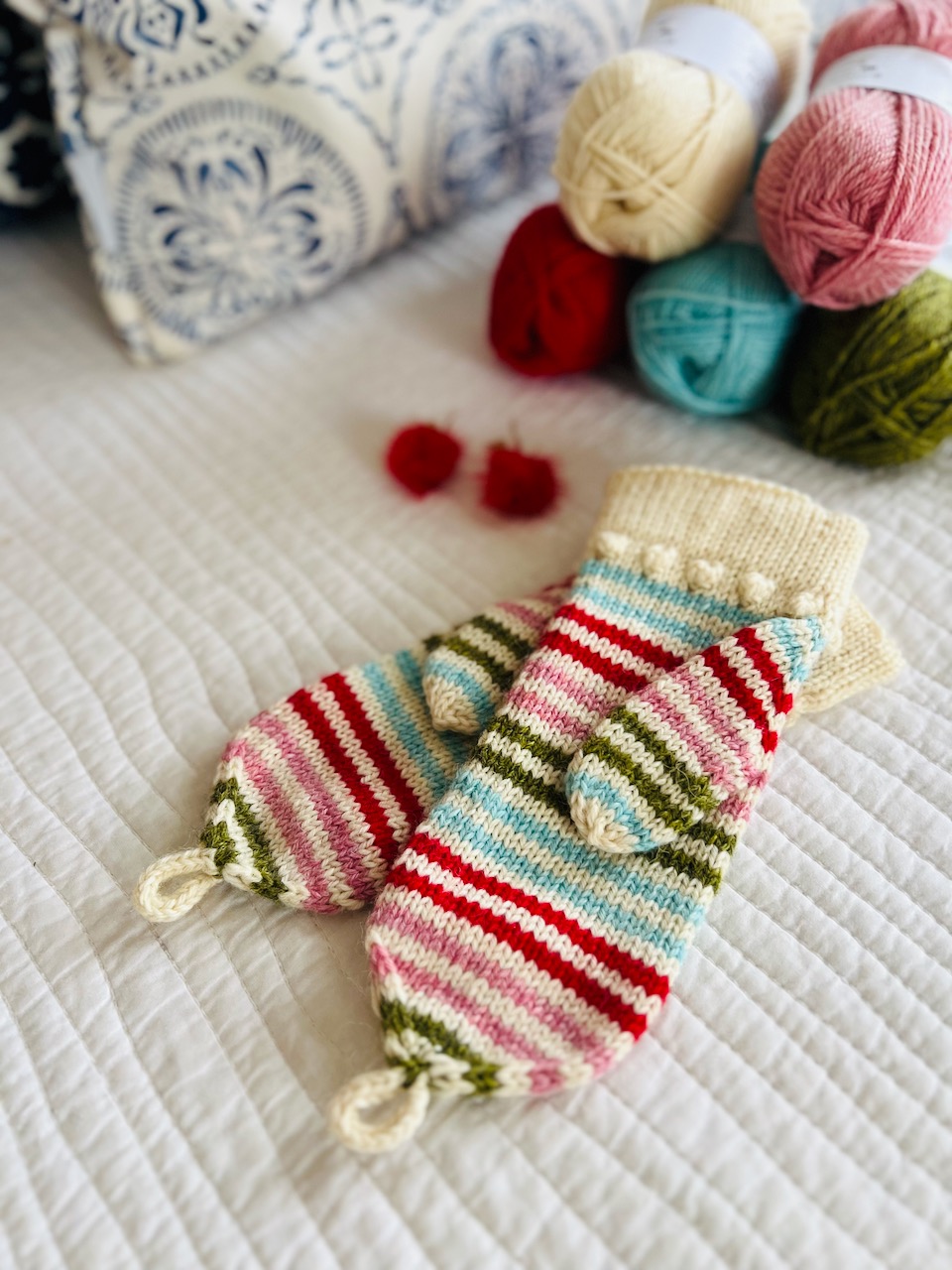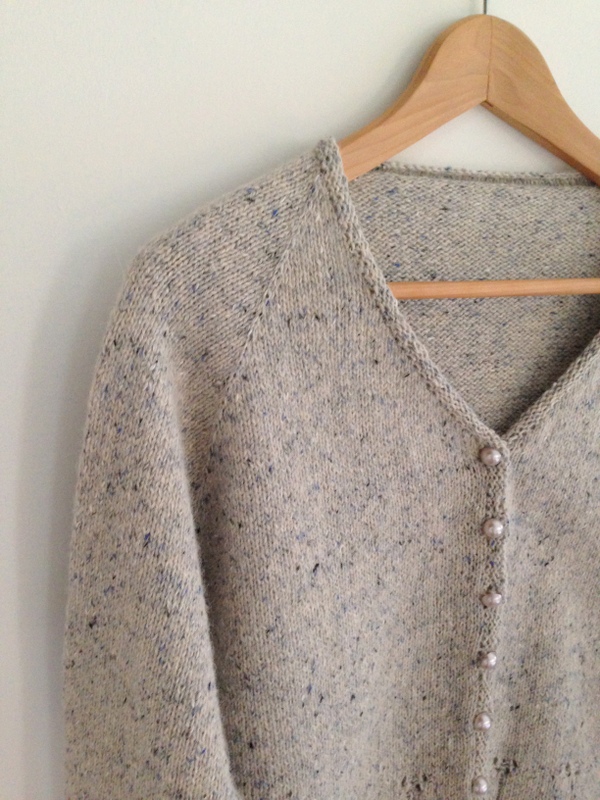I hate to be the one to bring it up, but it’s time to take steps to keep our hand knitted sweaters and socks free from pests like clothes moths. Over the summer, when our pretty hand knitted sweaters and socks aren’t getting much wear, the larvae of the clothes moth nibbles away, destroying our lovely things. Here are a few easy ways to prevent moth damage. (I’m gonna give it to you straight so if you hate “bug stuff” like I do, avert your eyes.)
Cleaning
 Clothes moths and carpet beetles like to lay their eggs where there is plenty of food like perspiration, dander, food spills, even body care products. Laundering hand knitted sweaters removes food sources and kills the eggs of the clothes moth and carpet beetle. That way, there will be no pesky larvae and they’re the ones that do the damage.
Clothes moths and carpet beetles like to lay their eggs where there is plenty of food like perspiration, dander, food spills, even body care products. Laundering hand knitted sweaters removes food sources and kills the eggs of the clothes moth and carpet beetle. That way, there will be no pesky larvae and they’re the ones that do the damage.
I love Eucalan no-rinse wool wash for hand and machine washing. And the lavender and eucalyptus scents give hand knits an extra layer of protection. You can save a little time by washing hand knitted garments with like colors together in a front loading washer in cold water on the delicate or woolens setting. Front loading washers have no agitators which can cause hand knitting to felt. If you don’t have a front loader at home, take the whole mess to the laundromat and get it done all at once.
For non-washable items like coats and blankets, your best defense is a simple, old-fashioned airing in the sunlight and a good stiff brushing. Pay careful attention to the seam areas and pockets where clothes moths can hide and lay eggs. Moving air and sunlight are your friends because moths and beetles hate it. And remember, dry cleaning may not kill insect eggs! Shocking, isn’t it?
Storage
 Once we’re sure our hand knitted sweaters are nice and clean and throughly dry, it’s time to package and store them. The best containers, whether they’re plastic totes or garment bags, are those that allow air flow and permit light to enter. Clothes moths and carpet beetles prefer a still, dark environment. Wrap hand knitted sweaters in tissue paper or lengths of laundered cotton. Should pests get in, they’re more likely to make a nest in the outermost layers.
Once we’re sure our hand knitted sweaters are nice and clean and throughly dry, it’s time to package and store them. The best containers, whether they’re plastic totes or garment bags, are those that allow air flow and permit light to enter. Clothes moths and carpet beetles prefer a still, dark environment. Wrap hand knitted sweaters in tissue paper or lengths of laundered cotton. Should pests get in, they’re more likely to make a nest in the outermost layers.
The jury is out on what to pop into your storage container. Dried lavender and/or lavender oil is the most popular clothes moth deterrent because of the pretty scent it leaves behind. It won’t kill moth eggs, however, nor will cedar. Another option, lesser known but better for those who are scent-sitive is ordinary unscented white soap which has been grated and sprinkled between layers of tissue or cloth. I live out in the country where insects are rampant. I put everything in zipper seal bags with moth balls. Moth balls emit a gas that kills moths, larvae, eggs and all sorts of creatures. It is best used in an enclosed environment such as a plastic tote. Keep kids and pets away. Yup. The big guns.

Eggs?
Geez, I hope this never happens. Should you find the eggs of the clothes moth on hand knitted sweaters, socks or accessories, it’s important to kill them before they become larvae. Wrap the item in plastic and put it into your freezer for a month or so. Remove, shake and launder. I’ve heard that a faster way is to microwave the item in a sealed bag that has a hole or two poked in it. Once again, shake out any debris and launder immediately. All of the foregoing works for yarn too.
I know we’d all rather be outdoors gardening or knitting on the patio, but our beautiful hand knitted sweaters deserve some TLC right now to keep pests like clothes moths away. A moment of special care might save those pretty hand knits from moth damage. You’re welcome.












Nicky
Thank you for sharing. I need to go through my yarn storage bins as well. They too need some TLC to prevent infestation and destruction.
Little Church Knits
Me too. I never ends, does it?!?
Nicky
No it does not!!! But we love it so!!! 😀
AndreSue
I was just looking this information up last night! Great post and very useful!
Little Church Knits
Well, thanks for stopping by!